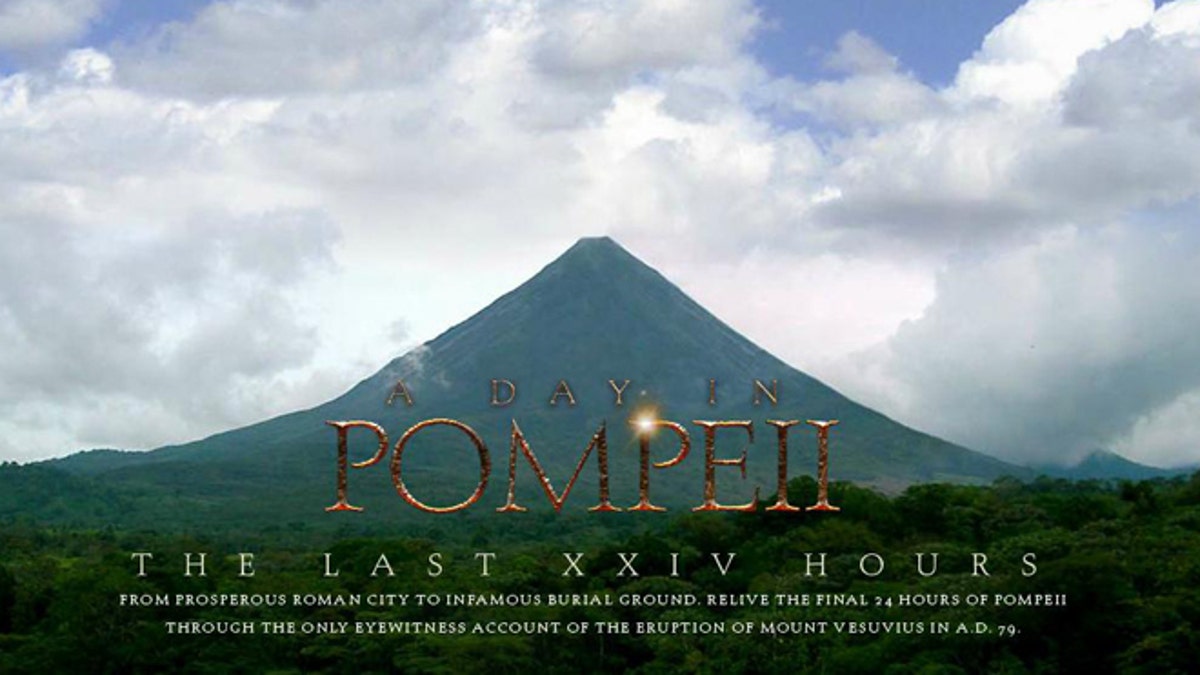
Thanks to the Denver Museum of Naure & Science, people today will be able to relive the eruption of Mt. Vesuvius, through an interactive website and the real-time Tweets of historian Pliny the Elder. (Denver Museum of Nature & Science)
Mt. Vesuvius is erupting, Pliny the Elder just said. On Twitter.
Destroyed by the eruption of Vesuvius nearly 2,000 years ago, the Roman town of Pompeii was buried deep beneath ash and preserved following the catastrophe on Aug. 24 in the year AD 79. The city remained untouched for nearly 1,700 years, preserved as if in a time capsule.
Now, 1,933 years later, the Denver Museum of Nature and Science is bringing the events back to life.
The museum began Tweeting a first-hand account of the events at Pompeii as seen by Pliny the Elder, the famous Roman historian, nationalist, and commander of the Roman fleet at Misenium.
"A strange cloud is rising in the distance," he wrote on the messaging service. “The gods must be roaming the earth. I felt the ground shake this morning,” he wrote earlier.
The Twitter feed promises a real-time look at where Pliny was, with links to current images showing the exact locations the historian was seeing. It will offer his eyewitness account hour by hour.
He began the series of Tweets at 10:00 a.m. EST with the most mundane of events: "Enjoying lunch on the balcony after a cold bath."
The Museum has also set up a website called “A Day in Pompeii: The Last XXIV Hours,” which provides an interactive Google map of one of the greatest archaeological sites ever discovered.
The site lets you explore the ruins of this once prosperous city, to uncover its frescos, marble sculptures, pottery, and other priceless artifacts. Along the way, you'll encounter some of the volcano’s victims eerily preserved in their final moments.
The Twitter feed promises to to let you relive the eruption, hour-by-hour, thanks to the courageous journey of Pliny the Elder, as recorded by his nephew in AD 79. His story remains as one of the most historically significant chronicles of the eruption of Mount Vesuvius.
Learn more about the events at the Denver Museum of Nature & Science’s exhibit, which opens September 14th and runs through the middle of January 2013.
